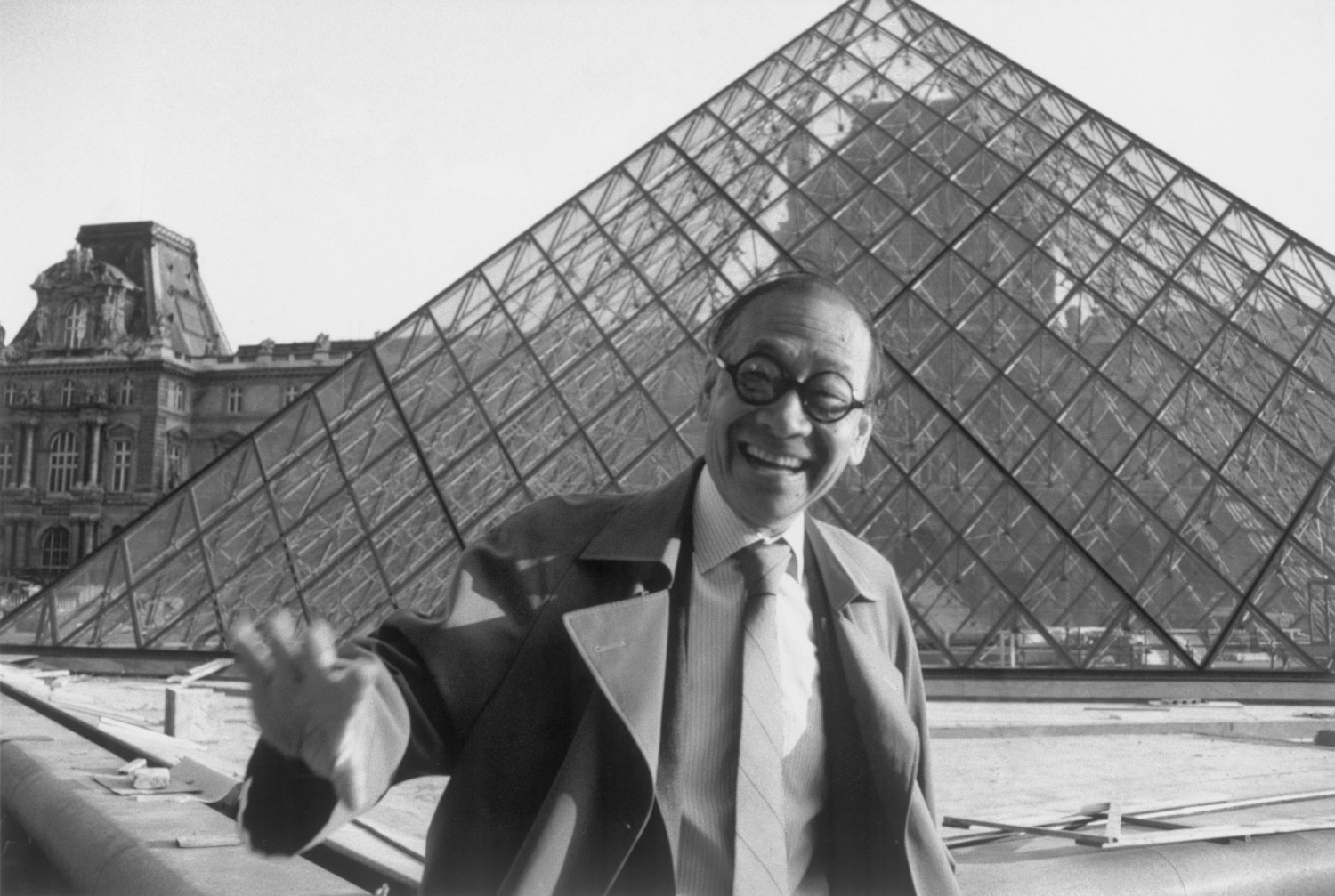
This article is more than
7 year old
I. M. Pei, who began his long career designing buildings for a New York real estate developer and ended it as one of the most revered architects in the world, died early Thursday at his home in Manhattan. He was 102.
His death was confirmed by his son Li Chung Pei, who is also an architect and known as Sandi. He said his father had recently celebrated his birthday with a family dinner.
Best known for designing the East Building of the National Gallery of Art in Washington and the glass pyramid at the entrance to the Louvre in Paris, Mr. Pei was one of the few architects who were equally attractive to real estate developers, corporate chieftains and art museum boards (the third group, of course, often made up of members of the first two). And all of his work — from his commercial skyscrapers to his art museums — represented a careful balance of the cutting edge and the conservative.

Mr. Pei remained a committed modernist, and while none of his buildings could ever be called old-fashioned or traditional, his particular brand of modernism — clean, reserved, sharp-edged and unapologetic in its use of simple geometries and its aspirations to monumentality — sometimes seemed to be a throwback, at least when compared with the latest architectural trends.
This hardly bothered him. What he valued most in architecture, he said, was that it “stand the test of time.”
He maintained that he wanted not just to solve problems but also to produce “an architecture of ideas.” He worried, he added, “that ideas and professional practice do not intersect enough.”
Mr. Pei, who was born in China and moved to the United States in the 1930s, was hired by William Zeckendorf in 1948, shortly after he received his graduate degree in architecture from Harvard, to oversee the design of buildings produced by Zeckendorf’s firm, Webb & Knapp.

At a time when most of his Harvard classmates considered themselves fortunate to get to design a single-family house or two, Mr. Pei quickly found himself engaged in the design of high-rise buildings, and he used that experience as a springboard to establish his own firm, I. M. Pei & Associates, which he set up in 1955 with Henry Cobb and Eason Leonard, the team he had assembled at Webb & Knapp.
In its early years, I. M. Pei & Associates mainly executed projects for Zeckendorf, including Kips Bay Plaza in New York, finished in 1963; Society Hill Towers in Philadelphia (1964); and Silver Towers in New York (1967). All were notable for their gridded concrete facades.
The firm became fully independent from Webb & Knapp in 1960, by which time Mr. Pei, a cultivated man whose understated manner and easy charm masked an intense, competitive ambition, was winning commissions for major projects that had nothing to do with Zeckendorf. Among these were the National Center for Atmospheric Research in Boulder, Colo., completed in 1967, and the Everson Museum of Art in Syracuse and the Des Moines Art Center, both finished in 1968.
They were the first in a series of museums he designed that would come to include the East Building (1978) and the Louvre pyramid (1989) as well as the Rock & Roll Hall of Fame and Museum in Cleveland, for which he designed what amounted to a huge glass tent in 1995. It was perhaps his most surprising commission.
Read More (...)